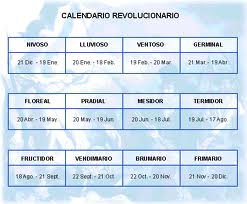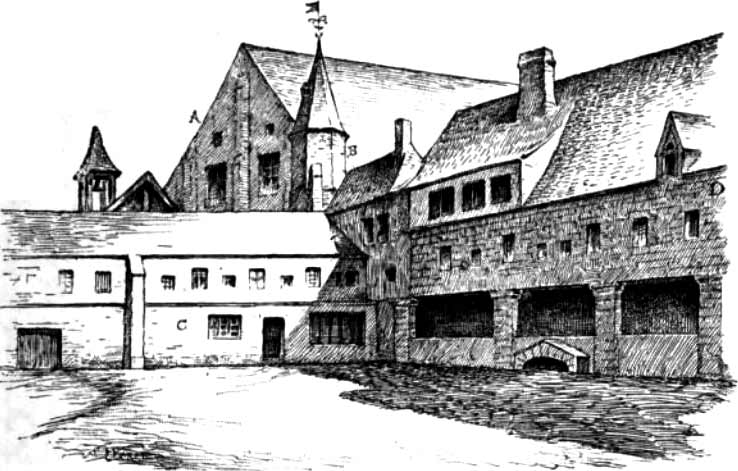Hello classmates!
Today in Social Sciences, first of all, Paqui has given us our final marks.Obviously, I haven't got the best mark, but I'm going to improve it, because I know my mistakes and I'm going to check them for the next term to get a better mark. Also Paqui has explained us the evolution of the blog, and we have impressed about it, because many people from other countries visit this page, people from America and Russia read our comments, I feel very important!!! Did you?
As you have watched in the news, yesterday there was an incident in Pontevedra with a boy and the President Mariano Rajoy, the boy prentended to take a selfie with him but suddenly the boy gave a hard punch to Rajoy's face. The first time I saw this I felt very sad because in my opinion, as all we know that all politicians in this country steal a lot of money, we have to be frustrated with them, but not to the point that we have to attack them. If we continue in this way, this country is going from bad to worse. (I repeat that is my personal opinion)
We have seen also theory, hahaha. As we've started the last class with the Democratic Republic, today Paqui has given us a small summary of this point and she has explained us more about this, that the Threat of Invasion led to the Semptember massacres. Why September? Because France was being attacked and the King had betrayed the country, and more than 1,000 killed due to the suspicions of the counter -revolution. There was a example of massacre in 20th September 1792.
The Battle of Valmy
https://en.wikipedia.org/wiki/Battle_of_Valmy
After the battle, the Assembly was called National Convention where the 1st thing they did was proclaiming the Republic. This was the 1st Republic in France. France has had 5 republics up to this moment. They are in the 5th Republic now, as Paqui has said
For the next class, we have homework, we have to look for information on Internet about Revolutionary Calendar and Olympe de Gouges. In the next class we'll talk about them.
Finally, we've talked about the National Convention in a brief scheme:
As you can see, the scheme talks about what powers the National Convention concentrated, what its main task was and the different stages. Today we've only studied the concentration of power and its main task, and one of the Stages, the Girondists (from 1792-1739), but not at all, only a few information.
I have to accept that this class has been very interesting, but not about the theory. All the problems that happen in the whole world, as wars, politics, life of famous people, we talk about all in this class, and that's why I like this subject, because all the things that nowadays occur are related to Social Sciences because are things that are going to have and important paper in history. And also that Paqui likes to know about our opinions of some problems of the dairy life.
Nothing else to say, bye!!!!
VOCABULARY
Give a punch: dar un puñetazo
Impressed: impresionado
Pretend: pretender, fingir
Attack: (in this case) agredir, pegar
Frustrated: frustrados, enfadados
Massacre: masacre
Accept: aceptar, asumir
Nowadays: hoy en día



























